Published in the Sunday Gujarat Samachar on 06 October, 2024
There’s something magical about chasing nature’s most elusive spectacles, knowing that they might vanish in an instant. I’ll never forget how Veena World’s Tour Manager Mahendra Wadkar told me about his first encounter with the Northern Lights—a silent night in the Arctic Circle, where the stars shone with an unusual clarity, and the bitter cold bit at my skin. Hours passed, and nothing but a deep darkness cloaked the landscape. Just when the tour group began to lose hope, the sky suddenly came alive. Glowing ribbons of green, purple, and blue twisted and turned across the skies, as if some cosmic artist was painting the night.
Nature’s most remarkable events often come with a catch—they require patience, planning, and often, a bit of luck. These phenomena are unpredictable, elusive, and rare, but it’s this very rarity that makes the chase so exhilarating. So what exactly does it take to witness these fleeting moments? And where do you go if you want to experience them for yourself? Let’s explore that today.
The Hunt for the Northern Lights
Few natural phenomena are as mesmerizing—or as elusive—as the Northern Lights. Known scientifically as the Aurora Borealis, this stunning light display occurs when particles from the sun collide with gases in Earth’s atmosphere, creating a symphony of colours that dance across the night sky. The result is a breathtaking display of glowing curtains, spirals, and rays of light that ripple in shades of green, blue, violet, and even pink.
But as beautiful as they are, the Northern Lights don’t reveal themselves easily. They require a perfect mix of conditions—dark, clear skies; a location within the Arctic Circle; and just the right amount of solar activity. For many travellers, this means waiting in remote, cold locations, often for days, with no guarantee of seeing the lights at all.
As per our research at Veena World, the Northern Lights are most commonly seen in the northernmost parts of the globe, including places like Tromsø in Norway, Fairbanks in Alaska, and the entirety of Iceland. Timing is everything when chasing the Northern Lights. They are best viewed between late September and early April, during the long winter nights of the polar regions. It’s during this period that the nights are dark enough for the lights to be seen clearly.
Witnessing a Solar Eclipse
If there’s one natural phenomenon that reminds us of the immense scale of the universe and our place within it, it’s a solar eclipse. The brief, surreal experience of day turning to night as the moon passes directly between the Earth and the sun is an event that can send chills down your spine. For those fleeting minutes, everything feels otherworldly—the temperature drops, birds grow silent, and the sky becomes a twilight zone, crowned by the ethereal halo of the sun's corona.
Solar eclipses are among the most predictable natural phenomena, with astronomers able to pinpoint their paths years in advance. While partial eclipses occur more frequently and can be seen from a wider area, total eclipses are far rarer and draw travellers from around the world to specific locations.
The timing of a solar eclipse is precise—down to the second. For a total solar eclipse, the moon must perfectly cover the sun, which typically lasts only a few minutes at most. The path of totality is often narrow, and even within that path, the duration of the eclipse varies depending on your location. That’s why eclipse chasers plan their journeys far in advance, traveling to specific spots where the total eclipse will last the longest.
The Bioluminescent Bays
Imagine walking along the shore on a warm, moonless night when suddenly, with every step, the water beneath your feet begins to glow. Tiny bursts of light flicker with each wave, as though the stars themselves have fallen into the sea. This phenomenon, known as bioluminescence, is caused by tiny plankton that emit light when disturbed. The result is a surreal, magical experience that feels almost like stepping into a dream.
Bioluminescent bays, or "bio bays," are rare, and only a few spots around the world offer the perfect conditions to witness this natural light show. One of the most famous locations is Mosquito Bay on the island of Vieques, Puerto Rico. This bio bay is considered one of the brightest in the world, where the glow can be so intense that it illuminates your movements as you paddle or swim through the water. Another popular spot is Laguna Grande in Fajardo, Puerto Rico, where kayak tours take visitors through mangrove channels to witness the glowing waters.
Other notable bio bays include the enchanting waters of Vaadhoo Island in the Maldives, where bioluminescent phytoplankton light up the shores of the Indian Ocean, and Toyama Bay in Japan, where the glow is created not by plankton but by firefly squid that gather near the shore in spring. In the Maldives, particularly on dark, secluded beaches, the sea comes alive with glittering lights during certain times of the year, a sight that’s both beautiful and haunting.
The Great Wildebeest Migration
Every year, one of the most epic natural spectacles unfolds across the plains of East Africa: the Great Wildebeest Migration. More than 1.5 million wildebeest, accompanied by hundreds of thousands of zebras and gazelles, make their annual journey in search of fresh grazing lands. The migration follows a continuous loop from Tanzania’s Serengeti National Park to Kenya’s Maasai Mara, crossing rivers teeming with hungry crocodiles and plains stalked by lions and cheetahs. The sheer scale of the migration—its sound, its sights, and its drama—makes it one of the greatest wildlife experiences on Earth.
The migration spans a vast area, but the most famous and dramatic moments occur at key river crossings, particularly the Mara River in the Maasai Mara and Grumeti River in the Serengeti. These river crossings are where nature’s brutal reality is on full display—thousands of wildebeest plunge into crocodile-infested waters, often panicking as they attempt to reach the other side. Watching from the riverbanks, you can witness not only the mass movement of the herds but also the tension of predator versus prey.
Both the Serengeti and Maasai Mara are ideal places to witness the migration, with many lodges and camps situated along the migration route. The timing of your visit determines which part of the migration you’ll see—whether it’s the calving season in Tanzania or the river crossings in Kenya.
The migration is a year-round event, with different stages unfolding in different months. From January to March, the wildebeest gather in the southern Serengeti for the calving season, when thousands of young are born each day. By June, the herds begin to move north, reaching the Mara River around July and August. This is when the famous river crossings occur, with wildebeest and zebras risking life and limb to reach the other side. By September and October, the herds are in the Maasai Mara, before gradually making their way back to the Serengeti in November.
Planning a trip to coincide with the migration’s key moments, especially the river crossings, requires flexibility. The migration is dictated by rainfall and grazing conditions, meaning the timing can vary slightly from year to year. The best way to ensure you catch the action is to book with an experienced safari operator who knows how to track the herds and position you in the best viewing spots.
That’s it from me this week, see you next time, until then, keep Celebrating Life!










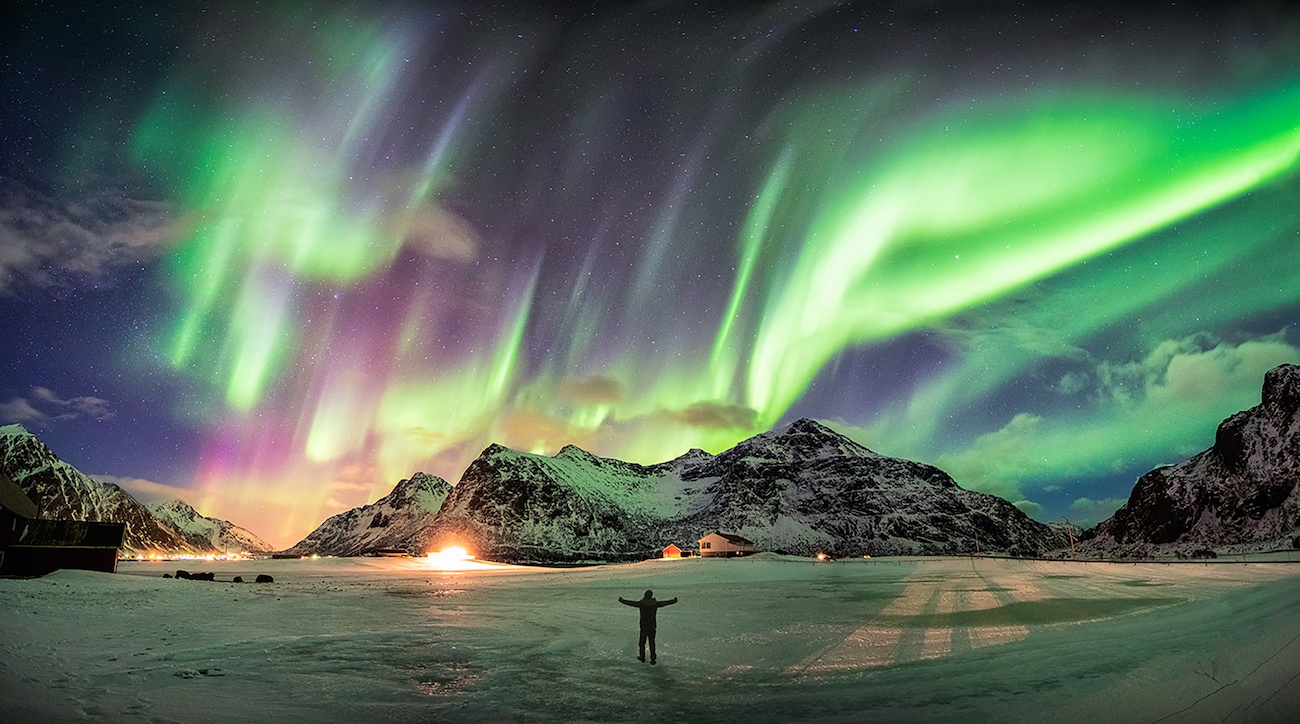
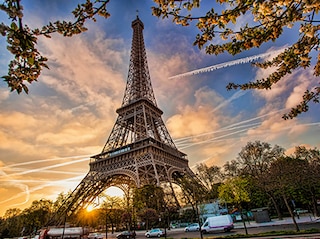
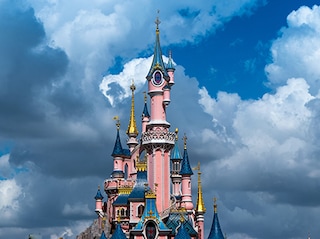

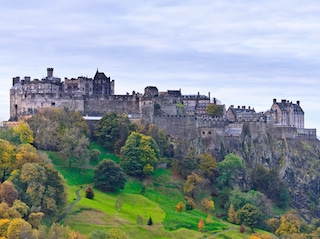
















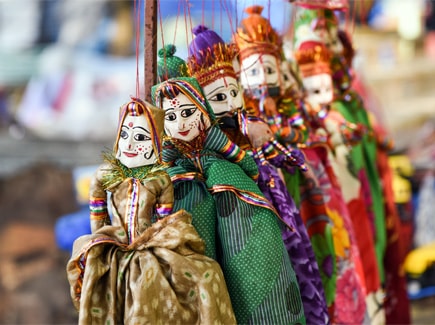
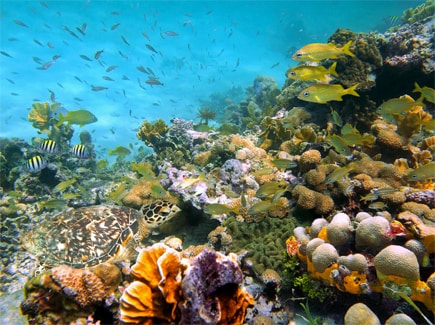

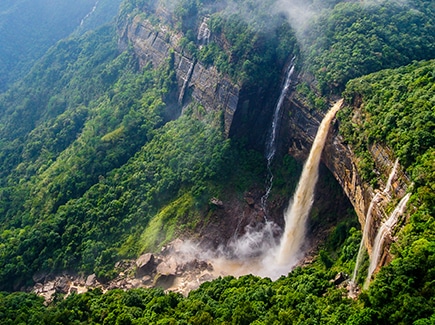
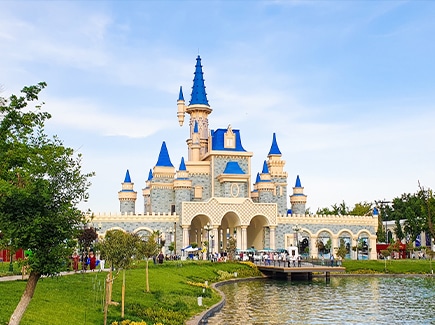

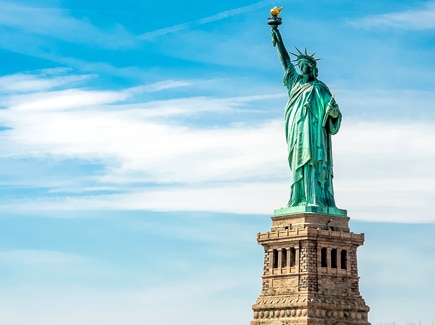
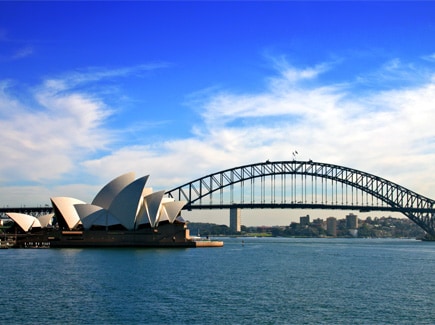
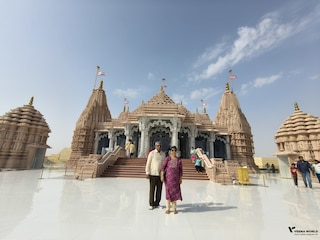


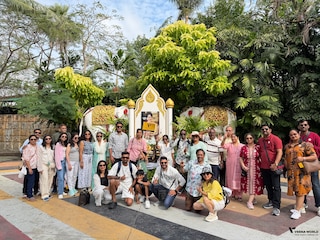


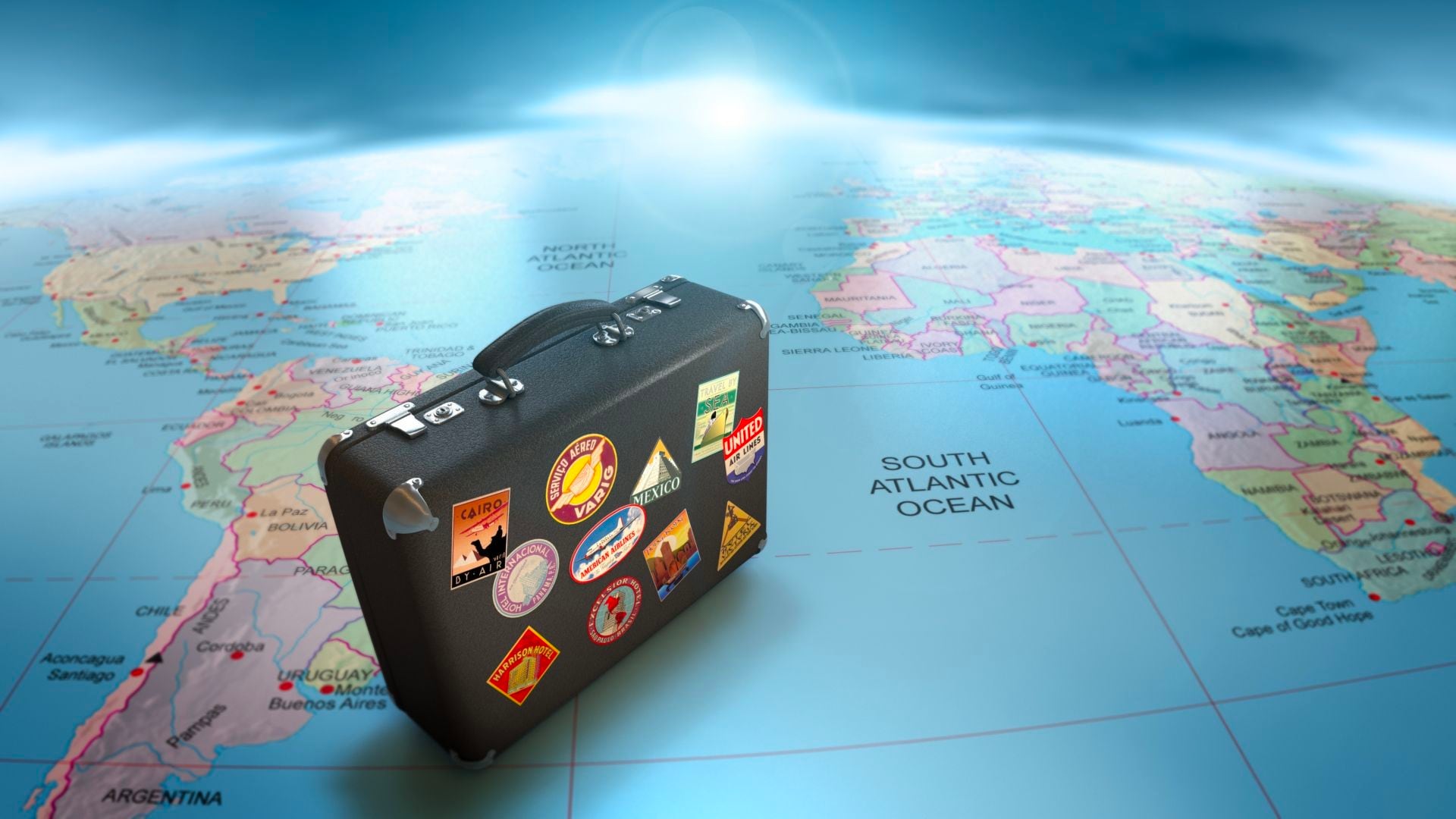

Post your Comment
Please let us know your thoughts on this story by leaving a comment.